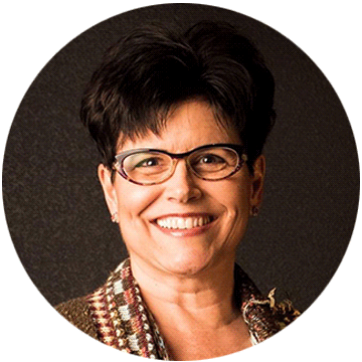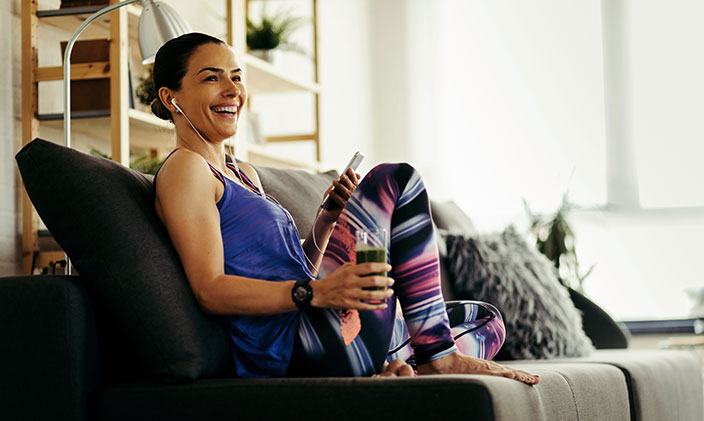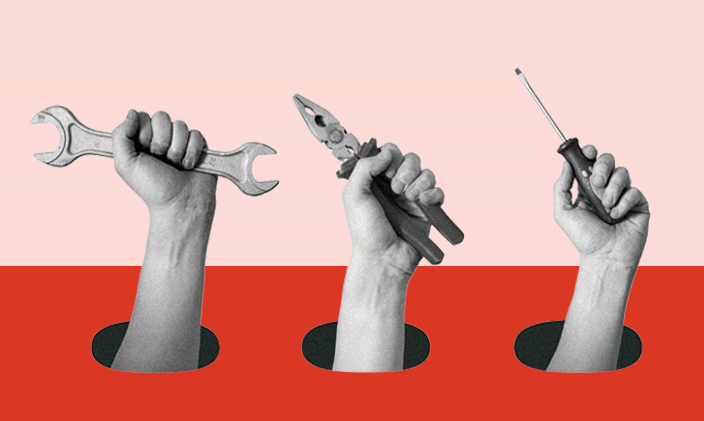Whether discussing a bad habit (like procrastination) or an addiction (like alcohol abuse or compulsive gambling), the silver bullet question Rodney Luster, PhD, most often hears is: How do I make this stop?
While full-blown addictions go beyond what we can cover here, there is research-driven insight that may help when it comes to overcoming bad habits, says Luster, a regular contributor to Psychology Today and the chair for the Center for Leadership Studies & Organizational Research at University of Phoenix. He offers four tips for kicking bad habits to the curb.
What the research says about bad habits
Recent research on a protein called FosB has expanded understanding of how the brain handles the repeated behaviors that form routines and habits. In an article published recently in Psychology Today, Luster writes that FosB plays a part both in stimulating the brain (through motivation and “rewards” that may trigger repeated activity) as well as helping it adapt in response to repeated behaviors — increasing the likelihood that a routine will be developed.
He likens FosB proteins to stacks of bricks. The repeated behavior you’re drawn to reinforces the stability of FosB “bricks,” which not only stimulates the brain for more of the behavior but then also makes the wall “thicker” and thus harder to break down.
The good news is, while FosB “bricks” get built up one at a time, they can also be dismantled one at a time.
How to break bad habits

So, back to the original question Luster often is asked: How do you break a habit once it has become a routine? It’s an especially important question if you’re dealing with bad habits that have the potential to become addictions.
“Habits are often incentivized by some sort of arousal,” Luster says. “Take mood-eating, which is a feel-good thing. We go find food, but then we’re left with other things that make us not feel good.” Procrastination and vaping or smoking are other examples.
But you are not a prisoner of these unwanted behaviors! As we head into the new year, Luster outlines four keys to “breaking bad.”
1. You have to want change
“One of the questions [psychologists] ask when someone comes in to talk about something is: ‘Do you feel like this is a problem for you?’ If they say ‘no,’ then there really is no problem in their mind,” Luster explains. “In order for there to be change, there has to be a conscious recognition that there’s a problem.” To break a bad habit, in other words, you first have to see the habit as a negative thing and want to change it.
2. Examine any stinkin’ thinkin’
What we think impacts how we behave. “If we have unhelpful and faulty ways of thinking — thoughts we’ve adopted over time — then unhelpful behaviors are going to go hand in hand with those things,” Luster says, likening a change in thinking patterns to a change of the “starter engines” in our heads.
Luster cites a personal example of a habit from childhood. “I used to bite my nails all the time. Instead of asking me, ‘Why are you biting your nails?’ my mom would ask me, ‘What are you so nervous about?’”
Just as Luster’s mother was trying to pinpoint the feeling that was driving the behavior, we can do the same with our bad habits. We can ask, “Why am I doing this?” and then look for connections between our thoughts and behaviors.
3. Find strategies to mind hack
Bad habits are usually things we run to in order to run from something else. For example, if you’re smoking, you may be running from stress. Luster says creating a “halfway productive state,” such as reaching for gum rather than a cigarette, can bait-and-switch the habit.
Or, let’s say the bad habit you’d like to change is procrastination. “If you don’t want to do something but need to meet a deadline, you could pair the thing you’ve been running from — and the feeling of anxiety over not doing it — with music that you like.” This can trick your brain into thinking the thing you’re procrastinating about is pleasurable.
4. Know your tipping point
As discussed in Luster’s Psychology Today article, the tipping point is that window of time before emotions eclipse your ability to think consciously about what you’re doing.
So, if you reach for a cigarette when you’re feeling stressed, you have to recognize the moment when the stress becomes so intense, you stop thinking about whether or not you want one and just move to light up.
If you can recognize your tipping point, you can learn to identify your triggers and back away from the unwanted habit while you’re still thinking critically. This, too, is rooted in science. “At and before the tipping point, you’re still in a place where you can think in a conscious way about what you’re doing,” Luster says. “You still have time to distract the brain from going to that emotional moment.”
How do you cope when a trigger activates? Count backward from 10 to 1 and imagine that on a film reel. Splash your face with cold water. Go for a walk. Engage in a puzzle. “These are things that get us back to front-brain thinking,” Luster says.
Emotional precision
Luster calls this emotional precision — and from a brain-science standpoint, it really matters. “Emotions manifest in that limbic area of the brain. If you trace a line from front to back, the limbic area is sort of in the middle. When that lights up from emotion, it takes up a lot of cognitive real estate. In fact, this shuts down our ability to use front-brain decision-making and logic,” Luster says.
The result? We start making emotionally driven decisions (like mood eating or smoking) rather than logic-driven decisions (such as deciding not to overeat because you know how uncomfortable you’ll feel later).
In the end, Luster says, it’s important to understand that you may have setbacks when breaking unwanted habits. “I might have a patient who says, ‘I failed.’ [But] failure implies you didn’t learn anything. If you can identify what led you to crossing over and engaging in the bad habit again, then this is a chance to educate yourself on the dynamics of that habit formation” he says. “That’s what we’re trying to dislodge.”
Some habits can lead to physical addiction, especially those pertaining to alcohol, tobacco and drug use. If you need more help quitting these substances, please reach out to such resources as Alcoholics Anonymous, SmokeFree.gov and Narcotics Anonymous.

ABOUT THE AUTHOR
A journalist-turned-marketer, Laurie Davies has been writing since her high school advanced composition teacher told her she broke too many rules. She has worked with University of Phoenix since 2017, and currently splits her time between blogging and serving as lead writer on the University’s Academic Annual Report. Previously, she has written marketing content for MADD, Kaiser Permanente, Massage Envy, UPS, and other national brands. She lives in the Phoenix area with her husband and son, who is the best story she’s ever written.
This article has been vetted by University of Phoenix's editorial advisory committee.
Read more about our editorial process.
Read more articles like this:





